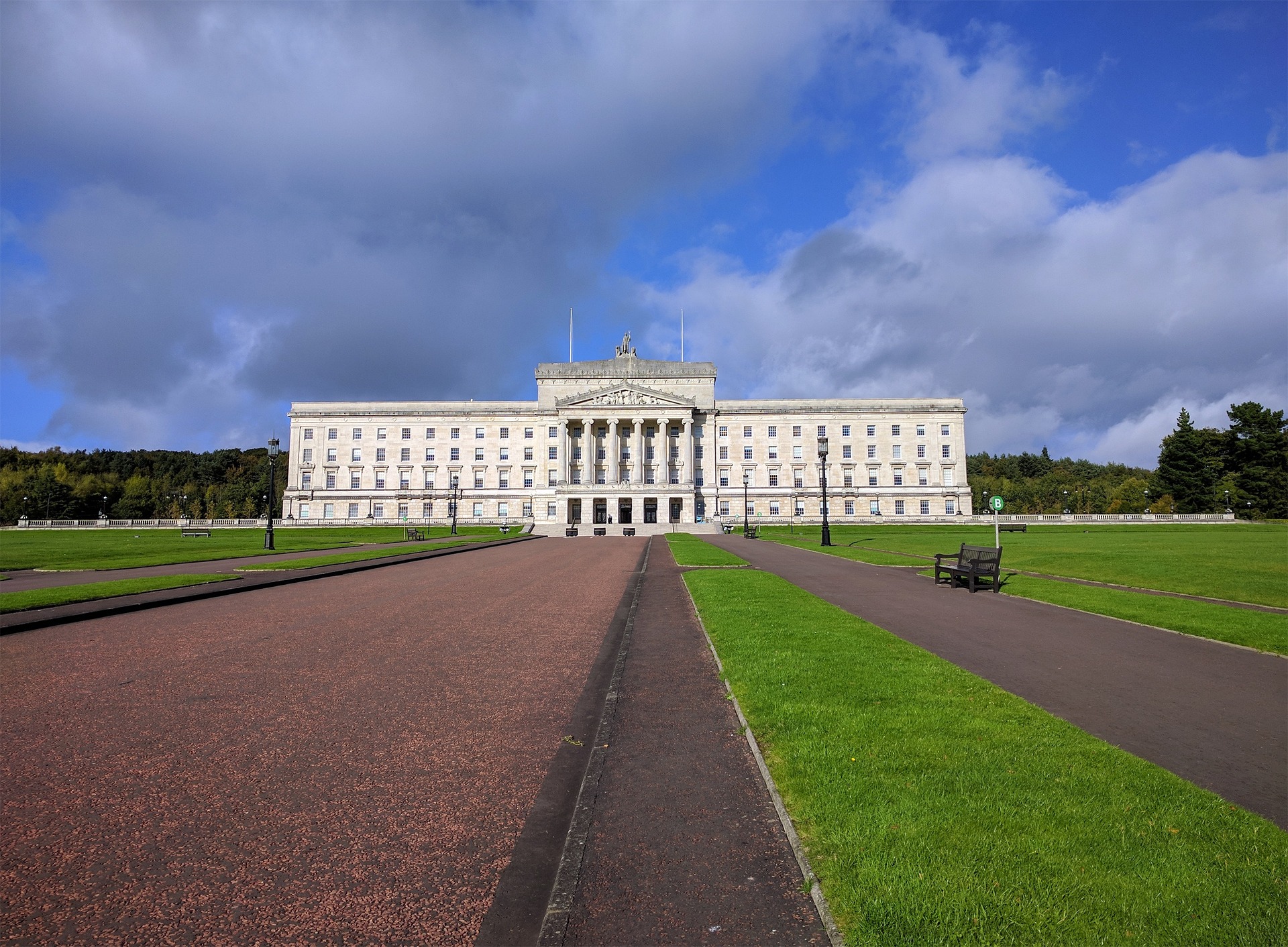Mary C. Murphy (University College Cork)
The 1998 Good Friday Agreement is 25 years old. The document itself is little more than 25 pages in length. It contained a series of provisions, proposals and possibilities. It was a complex compromise, born out of consensus – a sincere if necessarily messy and ambiguous effort at addressing and ultimately resolving the Northern Ireland conflict.
The Troubles had claimed over 3,700 lives, injured thousands more, seriously damaged the local economy and antagonised societal division and segregation. The Agreement confronted and sought to overcome decades of death, destruction and despair. It was a grand and brave ambition, but one which commanded the support of a majority in referendums on both sides of the Irish border.
After 1998, the Agreement delivered on much of its promise. It created the conditions within which political violence (largely) ended and peace was cemented. It allowed competing unionist and nationalist identities and aspirations to be accommodated and protected. It stabilised relationships on the island of Ireland, and it facilitated a degree of economic regeneration and reconstruction.
Viewed through a contemporary prism however, one of the most significant achievements of the Good Friday Agreement was that it meant politicians (and the rest of us) stopped talking about ‘the border’ as an issue of contestation in Irish politics. This was tangibly facilitated and supported by shared UK and Irish membership of the European Union (EU).
The EU’s single market is premised on open borders and free movement, and served as a fortuitous means of enabling the essential cross-border provisions of the Good Friday Agreement. In 2016 however, the UK decision to leave the EU challenged that singular achievement of the Agreement.
Where the Good Friday Agreement had undermined the need to continuously and contentiously reduce Irish politics to questions of ‘the border’, Brexit revived old arguments. It upended and unsettled political relations in Northern Ireland, on the island of Ireland, and between Britain and Ireland. During the intervening years, various efforts to address the acute political and economic fallout from Brexit failed to find a landing zone – until now.
The 25th anniversary of the Good Friday Agreement coincides with the publication of another agreement – the Windsor Framework. Negotiated between the UK and the EU, the Windsor Framework contains plans and provisions to manage Northern Ireland’s contentious post-Brexit trading rules.
Although it is a very different type of document, the 1998 Good Friday Agreement shares some similarities with the 2023 Windsor Framework.
Like the Agreement, the Windsor Framework is a complex and cumbersome compromise. It contains some novel and unusual arrangements specific to Northern Ireland. It includes an element of ambiguity with some issues and implementation measures subject to future dialogue and agreement.
Similar to the 1998 Agreement, the Windsor Framework demands much of Northern Ireland’s political class. Critically, the legitimacy of both agreements depends on cross-community buy-in.
Back in 1998, the Good Friday Agreement enjoyed the support of over 70% of the Northern Ireland electorate. According to the latest survey data from Queen’s University Belfast, support for the Windsor Framework hovers close to that mark. That support is echoed across civic society. As was the case for the Good Friday Agreement, key sectoral interests including business, agriculture, logistics, and others have welcomed the Windsor Framework.
However, although there is overall majority support for the Windsor Framework, that figure masks the fact that: ‘There is a difference between strong and soft unionists in views on the Windsor Framework. 48% of respondents who identify as a “strongly unionist” do not see potential economic benefits from it.’ The Democratic Unionist Party (DUP) typifies that ‘strong unionist’ opposition towards the Windsor Framework.
This hostility mirrors earlier DUP antipathy towards the Good Friday Agreement. Such was the depth of the party’s objections that it withdrew from all-party talks a few months before the Agreement was signed. During the subsequent referendum campaign, the DUP campaigned for a No vote. Following the formal devolution of powers to Northern Ireland, the party was slow to engage with the power-sharing institutions and it continued its opposition to various facets of the Agreement.
Then – as now – the DUP was largely alone in its hostility to a negotiated and widely supported compromise.
What followed the signing of the Good Friday Agreement was many years of difficulty, setbacks and occasional crisis as Northern Ireland struggled to implement its provisions. The document was revised and reviewed over the years, and the DUP did eventually participate. The process of achieving that party’s engagement required patience and perseverance, dialogue and conciliation. And against this difficult and troubled backdrop, the Good Friday Agreement endured, albeit imperfectly and sporadically for 25 years.
So perhaps we should take heart from the lessons of the last quarter century. The process of achieving and implementing political agreement is never easy or swift or straightforward – but in the end, there is always a chance that hope and history can once again rhyme.
The views expressed in this blog reflect the position of the author and not necessarily that of the Brexit Institute Blog.



